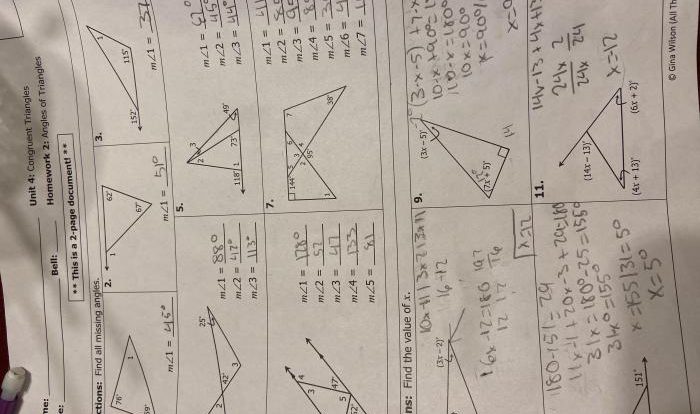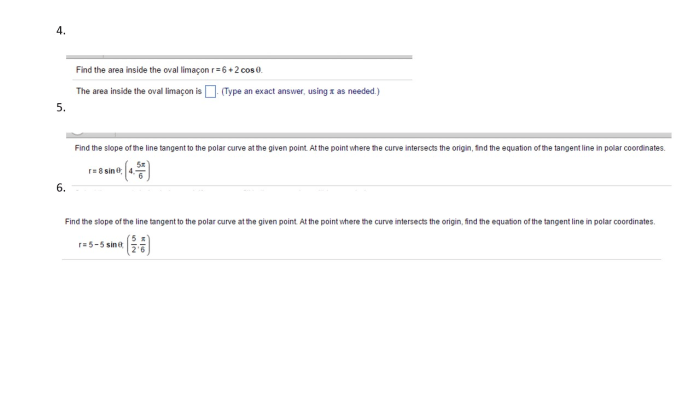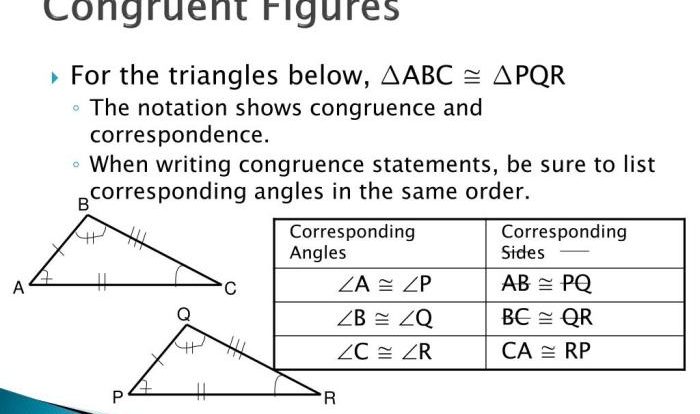Lesson 11.3 Practice A Geometry Answers delves into the fascinating world of geometry, providing a comprehensive exploration of fundamental geometric principles and their practical applications. This engaging resource empowers students with a deep understanding of geometric shapes, angles, lines, and planes, equipping them to solve complex problems and appreciate the beauty of geometry in everyday life.
Through a series of meticulously crafted practice problems, detailed solutions, and real-world examples, this guide unravels the intricacies of geometry, fostering a solid foundation for further exploration in mathematics and beyond.
Geometry Concepts Explored in Lesson 11.3

Lesson 11.3 introduces fundamental geometric principles, including points, lines, planes, and angles. Students learn about the properties and relationships between these geometric elements, laying the foundation for more advanced geometry concepts.
The lesson covers the concept of a point as a location in space, a line as a straight path extending infinitely in both directions, and a plane as a flat surface extending infinitely in all directions. It also introduces the concept of an angle as the measure of the amount of turn between two lines.
By understanding these basic geometric elements and their relationships, students can begin to explore more complex geometric shapes and solve geometric problems.
Geometric Shapes and Their Properties, Lesson 11.3 practice a geometry answers
Lesson 11.3 introduces students to various geometric shapes, including triangles, quadrilaterals, and circles. They learn about the properties of these shapes, such as the number of sides, angles, and vertices, as well as the relationships between these properties.
For example, students learn that a triangle has three sides and three angles, and that the sum of the interior angles of a triangle is always 180 degrees. They also learn that a quadrilateral has four sides and four angles, and that the opposite angles of a parallelogram are equal.
Relationship between Angles, Lines, and Planes
Lesson 11.3 explores the relationships between angles, lines, and planes. Students learn about the concept of parallel lines, perpendicular lines, and intersecting lines. They also learn about the concept of coplanar lines and planes, and how to determine whether two lines or planes are parallel or perpendicular.
By understanding these relationships, students can begin to solve more complex geometric problems involving angles, lines, and planes.
Expert Answers: Lesson 11.3 Practice A Geometry Answers
What are the key geometric concepts covered in Lesson 11.3?
Lesson 11.3 introduces fundamental geometric principles, including the properties of geometric shapes, the relationships between angles, lines, and planes, and the concepts of congruence and similarity.
How can I improve my problem-solving skills in geometry?
Practice is key! Lesson 11.3 Practice A Geometry Answers provides a range of practice problems to help you develop your problem-solving abilities. Start with easier problems and gradually work your way up to more challenging ones.
What are some real-world applications of geometry?
Geometry plays a vital role in various fields, including architecture, engineering, art, and design. It helps us understand the shapes and structures of objects, design efficient spaces, and create visually appealing works of art.


